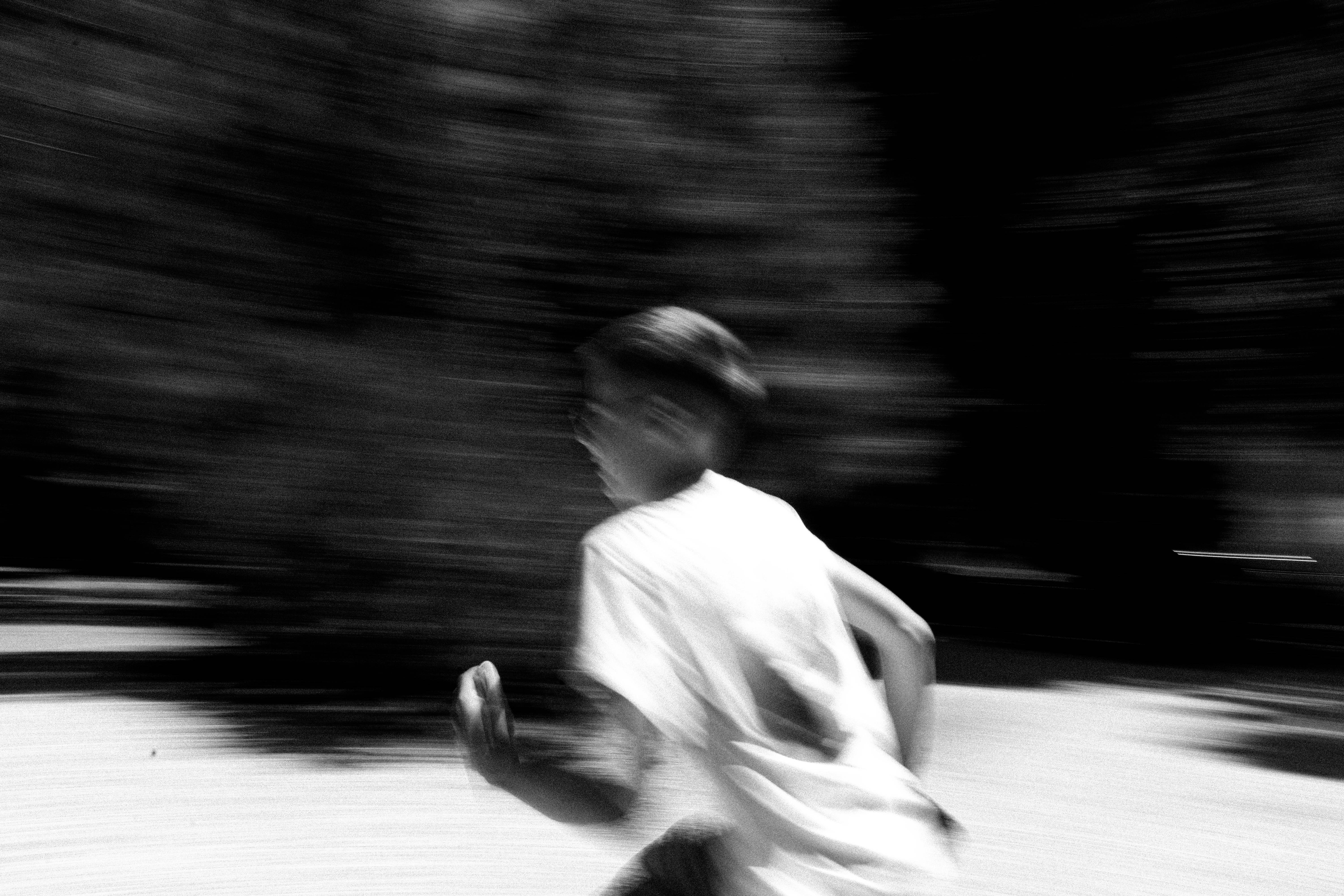Explore the essential breathing techniques that runners can adopt to improve performance and endurance.
Breathing techniques play a crucial role for runners looking to optimize performance and endurance. Proper breathing not only enhances oxygen intake but also helps in maintaining a steady rhythm, thereby improving overall efficiency during runs. This article explores various strategies that can help integrate effective breathing techniques into your running routine.
Introduction to Breathing Techniques

breathing techniques play a crucial role for runners looking to optimize performance and endurance. Proper breathing not only enhances oxygen intake but also helps in maintaining a steady rhythm, thereby improving overall efficiency during runs.
For beginners and experienced runners alike, understanding the nuances of breathing can make a significant difference in pacing and fatigue management. In this article, we will explore various strategies that can help integrate effective breathing techniques into your running routine.
By learning to control your breath, you can also alleviate anxiety and improve mental sharpness, which are key components during races or challenging runs.
Let’s dive into the essential breathing methods that can provide runners with an advantage.
Diaphragmatic Breathing
One highly effective method for runners is diaphragmatic breathing, often referred to as belly breathing. This technique encourages deeper inhalation and exhalation, utilizing the diaphragm instead of the chest.
To practice diaphragmatic breathing, lie down and place a hand on your stomach. Breathe in deeply, ensuring that your stomach rises while your chest remains relatively still. This helps to fill the lower lungs with air and increases oxygen intake.
Integrating this technique while running can promote a steady rhythm and reduce the risk of side stitches, enhancing overall running comfort.
As you become more familiar with diaphragmatic breathing, try implementing it during various paces in your runs to assess its impact on your endurance.
- Improves oxygen efficiency.
- Reduces the likelihood of injury.
- Enhances recovery.
Nasal vs. Mouth Breathing
Another aspect worth considering is whether to breathe through the nose or mouth. nasal breathing is often touted for its potential benefits, including better filtration and increased moisture for the air entering the lungs.
However, during intense running sessions, many find mouth breathing more convenient and effective for increasing airflow. Each method has its merits, and the best choice may depend on the intensity and duration of the run.
Experimenting with both techniques during different types of workouts can help you determine what feels best and most efficient for your body.
Continuously evaluating your breathing style can also enhance your adaptation to varying running conditions.
Rhythmic Breathing Patterns
Establishing a rhythmic breathing pattern in conjunction with your foot strikes can significantly enhance your running technique. A common approach is to coordinate your breath with every two or three steps.
For example, inhaling for three steps and then exhaling for two or four can help in achieving a balanced rhythm. This method can help maintain consistent energy expenditure and reduce fatigue.
Finding a rhythm that matches your natural pace is essential; experimenting with different patterns may yield better running efficiency. Pay attention to how your breathing feels in tandem with your exertion level.
Ultimately, a harmonious rhythm between breath and strides contributes to a smoother, more controlled running experience.
Implementing Breathing Techniques in Training
The best way to master breathing techniques is to consistently integrate them into your training. Start by focusing on proper breathing in low-intensity runs before attempting to apply these techniques in higher-intensity sessions.
Gradually increasing your awareness of your breath during runs can help develop muscle memory and enhance your focus on breathing patterns.
Consider setting aside specific training sessions where you solely focus on breathing while running to gauge progress. Keeping a journal to assess your experiences and improvements can also be beneficial.
Remember, consistency is key; the more you practice, the more natural your breathing techniques will become.
Summary and Key Takeaways
Incorporating effective breathing techniques can significantly enhance a runner's performance by maximizing oxygen intake and promoting a steady pace.
Key practices such as diaphragmatic breathing and rhythmic patterns are essential for beginners and experienced runners alike.
Understanding the differences between nasal and mouth breathing allows for individualized approaches based on running intensity and comfort.
Ultimately, consistent practice and mindfulness of breathing can lead to better endurance and a more enjoyable running experience.







